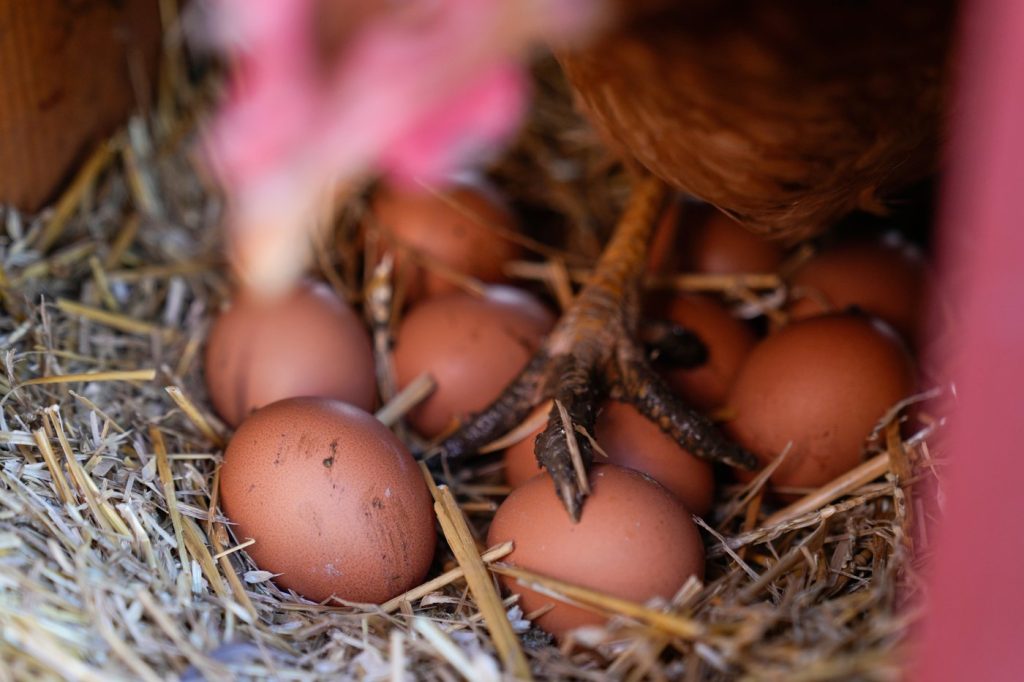Recent experiments involving over 200 eggs have revealed interesting findings regarding how eggs behave under impact. According to the research, eggs are less likely to crack when they fall on their sides rather than when dropped vertically. This discovery could have practical implications, particularly for those who frequently boil eggs.
When considering the best method to crack an egg for breakfast, the research suggests that the orientation of the egg may not significantly impact this process. It remains a preferred technique to crack eggs around the middle so that the golden yolk and runny whites can easily flow out. However, the studied approach of dropping eggs horizontally could potentially reduce the risk of cracks during hard-boiling, preventing messy spills during the cooking process.
Traditionally, it has been believed that eggs are strongest at their ends, which is why they are commonly placed top down in cartons. This perception is based on the idea that the arc-shaped design of an egg disperses force upon impact, thus softening any blow that the egg might encounter. However, the study conducted by researchers from the Massachusetts Institute of Technology (MIT) revealed surprising results. In a series of compression tests, eggs cracked under the same amount of force regardless of whether they were squeezed at their ends or along their sides.
Lead researcher Hudson Borja da Rocha remarked on the unexpected findings, noting how the team anticipated a different outcome. Further investigation involved simulations that dropped eggs from various heights, revealing that those dropped in a horizontal position experienced fewer cracks compared to those dropped vertically. Materials scientist Marc Meyers also commented on the findings, expressing astonishment at the outcome that seemed to defy common beliefs about egg strength.
Another intriguing aspect of the research was that the flexible structure of the egg’s equator played a critical role in its ability to absorb energy during a fall. By effectively absorbing this energy, eggs dropped horizontally are less likely to suffer damage upon impact. This research, published in the journal Communications Physics, also drew from the conventional practice of placing eggs top down in makeshift contraptions designed for egg drop challenges, popular in school STEM programs. However, it remains uncertain whether these findings will impact the successful preservation of eggs during such higher-stakes descents.
Tal Cohen, another co-author of the study from MIT, highlighted the counterintuitive nature of the findings, emphasizing how the elongated shape of an egg can withstand falls better than previously believed. This study encourages questioning of widely accepted notions about egg durability, underscoring the importance and courage of scientific inquiry in challenging established assumptions.
As scientists continue to explore the properties of eggs, these new revelations may not only change cooking techniques but could also influence how eggs are used in educational contexts, such as STEM challenges. In summary, the research offers a fresh perspective on egg fragility and might inspire new methods for handling eggs in both culinary and experimental scenarios.












